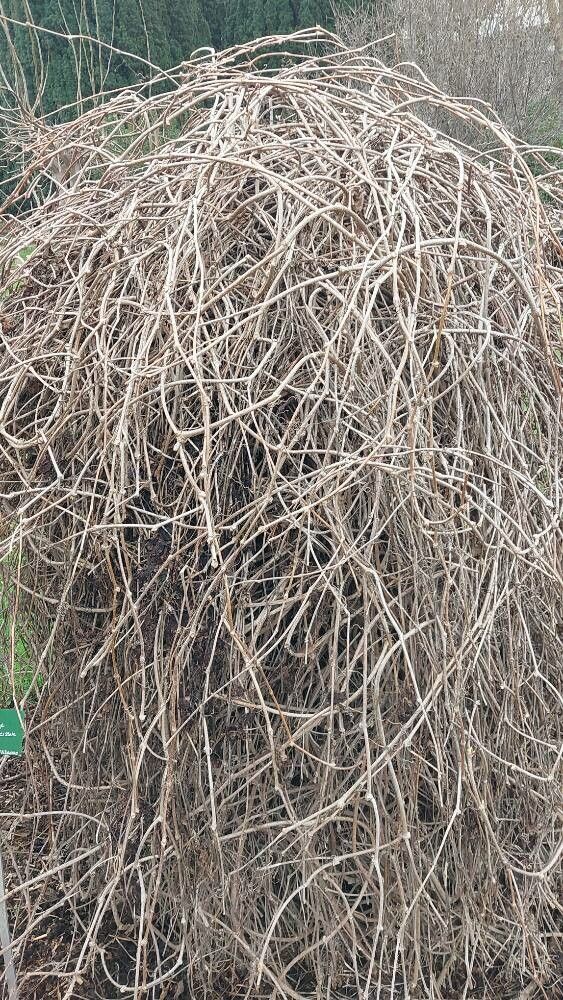From Vine to Thriving: Propagating Virginia Creeper for Lush Walls and Gardens
Virginia Creeper (Parthenocissus vitacea), with its vibrant green foliage that turns fiery red in fall, is a beloved climbing vine that adds a touch of wild beauty to any home. While buying a new plant is easy, propagating your own Virginia Creeper from cuttings is a rewarding experience that allows you to easily expand your garden while potentially saving money. Let’s explore the world of Virginia Creeper propagation, teaching you how to turn a simple piece of vine into a thriving new plant.
Choosing the Best Cuttings:
The key to successful propagation is selecting healthy cuttings. Aim for non-woody, green stems from the current season’s growth, ideally around 6-8 inches long. Look for shoots that are vigorous and free of disease or pests.
The Two Propagation Methods:
- Softwood Cuttings: This method uses the tender, new growth of the season.
- Preparation: Cut the stem just below a leaf node, making a clean cut with sharp shears. Remove the lower leaves and any buds, leaving 2-3 leaves at the top.
- Rooting: Dip the base of the cutting in rooting hormone, a powder or liquid that helps stimulate root growth. Plant the cuttings in a well-draining, moist potting mix, ensuring the bottom leaves are above the soil line. Place the pot in a bright, indirect light location. Keep the soil consistently moist, allowing the surface to dry slightly between watering.
- Semi-Hardwood Cuttings: Works best in late summer or early fall.
- Preparation: Select stems that are slightly firmer than softwood, typically from the middle section of the vine. Follow the same leaf removal process as for softwood cuttings.
- Rooting: Dip the cuttings in rooting hormone and plant them in a mix of coarse sand and peat moss or a rooting mix. Keep the cuttings slightly moist and in a bright, well-ventilated location.
The Waiting Game:
Patience is key! It can take several weeks, or even months, for roots to develop. Keep a close eye on the cuttings, checking for any signs of decay or wilting. Monitor the soil moisture and adjust watering accordingly.
Nurturing New Growth:
Once new growth appears, you can know your cutting is rooting. Continue to care for your new plant, gradually acclimating it to full sunlight over several weeks.
Planting Time:
After several months, your new Virginia Creeper should be ready to be planted in the garden. Choose a location with well-drained soil and full sun to partial shade. Make sure to provide adequate support for the vine to climb.
Things to Consider:
- Timing: Spring and late summer are optimal times for propagation.
- Temperature: Warm temperatures of 70-75 degrees Fahrenheit promote root growth.
- Humidity: Keep the cuttings in a humid environment to prevent them from drying out.
- Ventilation: Good air circulation helps prevent fungal diseases.
In Conclusion:
Propagating Virginia Creeper is a rewarding and relatively easy process. With the right techniques and a little patience, you can grow your own stunning vines to cover walls, fences, or even create beautiful green canopies. So, grab your shears, get your hands dirty, and enjoy the journey from vine to thriving Virginia Creeper!
